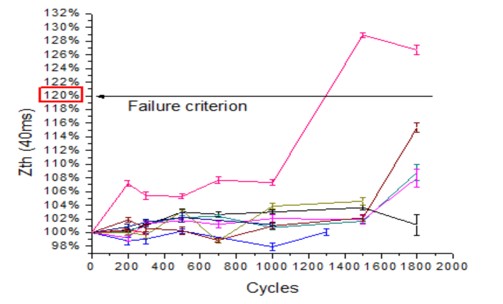
Fig. 1. Profile and cross-section of test sample.
Demands for higher power density and reliability in power electronics systems are driving the need for development of high-temperature packaging solutions. The combination of die-attach by silver sintering or the low-temperature joining technique (LTJT) with robust AlN direct-bond-aluminum (DBA) or Si3N4 direct-bond-copper (DBC) substrates is a promising solution for packaging high-temperature power devices and modules. This study is aimed at evaluating the thermo-mechanical reliability of sintered silver joints on the insulating metal-ceramic substrates. Packaged Si IGBT and SiC devices like the one shown in Fig. 1 are subjected to temperature cycling from -55°C to 175°C and from -55°C to 250°C, respectively. The package reliability is monitored by measuring the transient thermal impedance or Zth of the device. In our earlier studies, we found that the surface roughness of the insulated metal substrates increased significantly in the accelerated tests. So, here we will determine the impact of this surface roughening on the thermal performance and reliability of the sintered joint. In addition, scanning acoustic microscopy (SAM) and X-ray imaging are used to help understand failure mechanisms.
Plotted in Fig. 2 are preliminary results on Zth with a 40-ms heating pulse versus a number of temperature cycles from -55°C to 175°C. Taking a 20% increase in Zth to be the criterion of failure, the packaged devices have an average lifetime of over 2000 cycles. This lifetime is higher than those reported using other die-attach and substrate combinations. An analysis of the failed parts showed a weak connection at the wire-bonds to be the main cause of failure. Surface roughness of the substrates is being tracked and will be correlated with Zth. Finally, the theoretical lifetimes of sintered-silver joints in the packaged devices will be calculated using finite-element stress/strain analysis for getting the joint plastic strain per cycle, and the Coffin-Manson equation with fitting parameters from others' reliability data of sintered silver.

Fig. 2. Zth value dependent on temperature cycles.
























































































